Struggling to pick the right foam process? Choosing the wrong way can cost you precious time and money. We are here to help you find the perfect fabrication method for the best results.
Selecting the best foam fabrication involves matching your product's needs (like material, shape, required precision, and production volume) with the capabilities of different methods (like die cutting, CNC cutting, molding, or lamination). Always prioritize your most important requirements and consult experts for the ideal fit.
Choosing the right way to make your foam part might seem complex at first. But if you understand your needs clearly, the choice becomes much simpler. Let's start by breaking down how to figure out exactly what your product requires before you choose a fabrication method.
How Do You Define Your Product's Key Requirements First?
Unsure exactly what features your foam part needs? Guessing can lead to poor performance or unexpectedly high costs down the line. Clearly defining your requirements first ensures you select the most suitable fabrication process from the start.
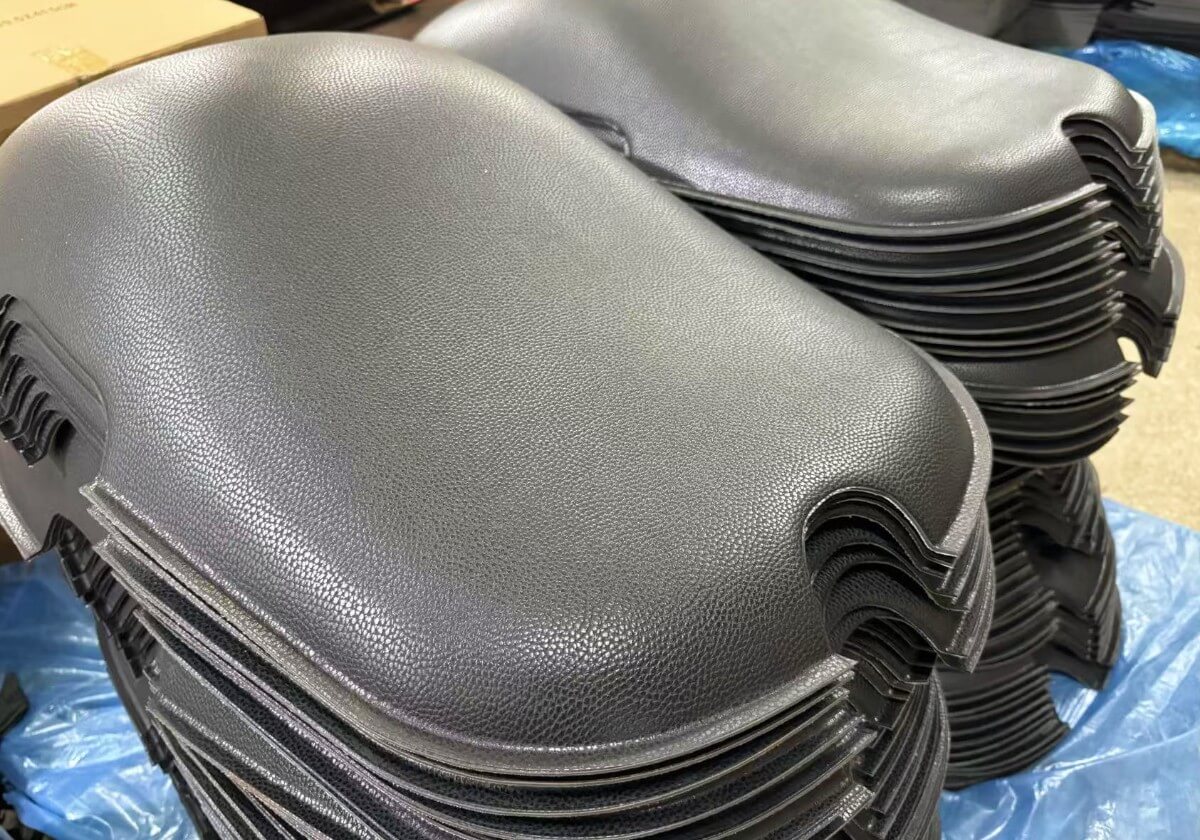
Define key requirements by looking at material compatibility (like EVA, PE, PU, EPP), how precise the dimensions need to be (tolerances), how complex the part's shape is, the desired look (surface finish), and exactly how the part must perform (like absorbing shock or creating a seal).
To pick the right foam fabrication method, you first need a very clear picture of what your part must do and what it should be like. Think about these points:
-
Material Compatibility: What type of foam do you plan to use? EVA foam1, Polyethylene (PE) foam, Polyurethane (PU) foam, and Expanded Polypropylene (EPP) foam all behave differently. Some methods work better with certain materials. For example, molding is great for EPP, while die cutting works well with many closed-cell foams like PE and EVA. We can help guide you based on our experience with these materials.
-
Dimensional Accuracy: How exact do the measurements need to be? If your part needs very tight tolerances, methods like CNC cutting2 or precision molding might be necessary. Less critical dimensions might allow for methods like die cutting.
-
Part Complexity: Is the shape simple, like a flat gasket, or complex, like a custom helmet liner? Simple shapes are often suited for die cutting. Intricate, 3D shapes usually require CNC cutting or molding (like compression or injection molding).
-
Surface Finish3: Does the part need to look good or feel a certain way? Surface finish is important for consumer products like PPE, where needs comfort and a professional look. For industrial parts hidden inside machinery, like those procures, aesthetics might be less critical than durability. Molding often gives a smoother, more finished surface.
-
Functional Needs: What is the main job of the foam? Is it for shock absorption in protective gear, sealing against dust or water, providing insulation, or something else? This function heavily influences material choice and sometimes the fabrication method needed to achieve the desired performance.
Understanding these requirements is the foundation for making a smart choice.
What Are the Common Foam Fabrication Methods Available?
Confused by terms like die cutting, CNC routing, or compression molding? Not knowing the available options can limit your design possibilities. Understanding each common method helps you see what's possible for your foam product.
Common methods include die cutting (good for high volume, simple shapes), CNC cutting (very precise, good for complex shapes or prototypes), molding (compression or injection for 3D shapes), lamination (joining layers), and skiving/splitting (adjusting thickness). Each method has its own advantages and disadvantages.
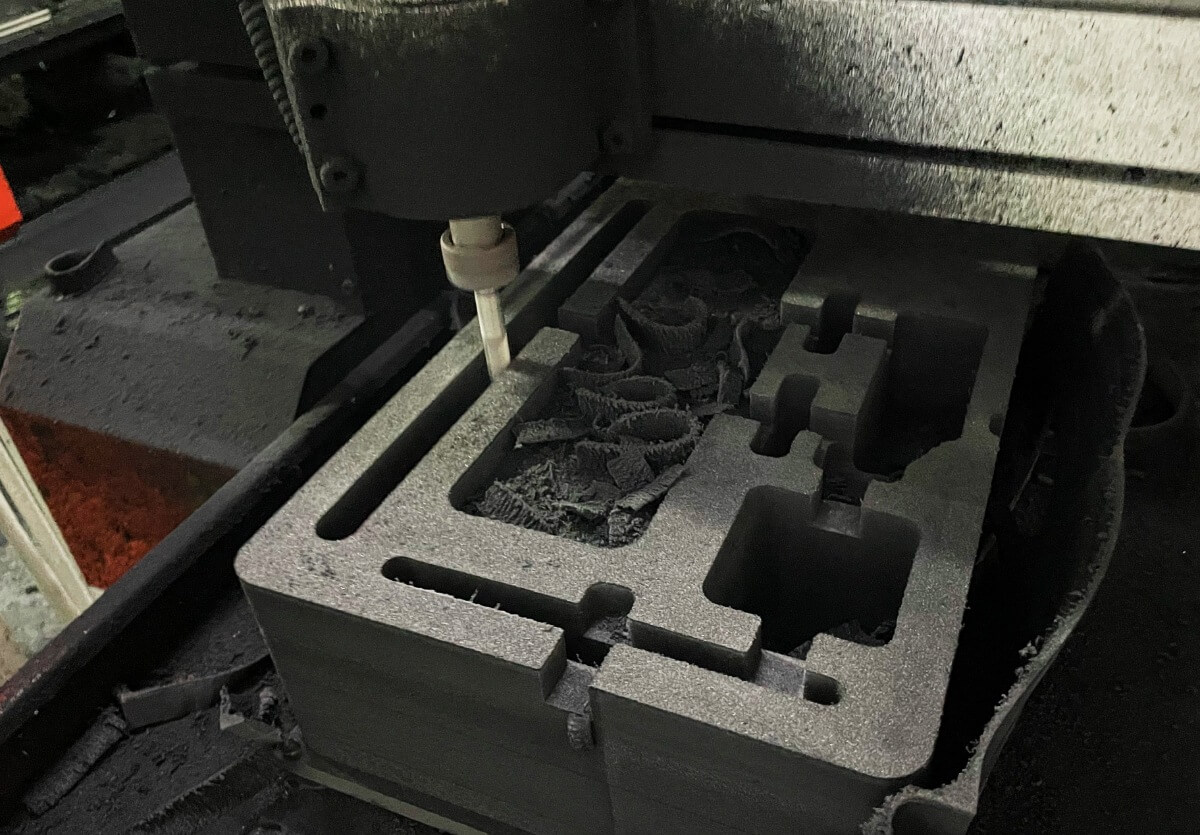
At FoamTech, we use a variety of techniques based on our 15+ years of experience. Here's a look at some common methods:
Die Cutting
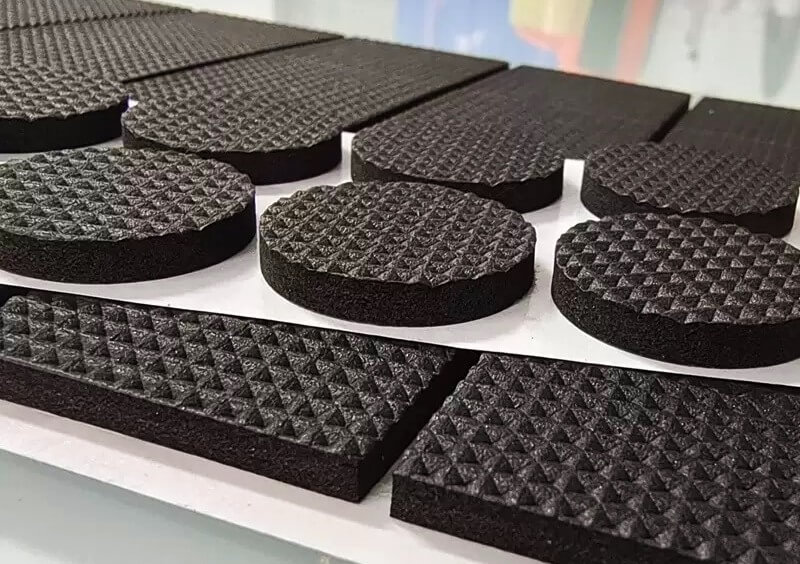
-
Pros: Very fast for high volumes, low cost per part once the tool (die) is made, good for simple shapes.
-
Cons: Requires upfront tooling cost, not suitable for highly complex shapes or very thick materials, can have limitations on tolerances.
-
Best Uses: Gaskets, simple pads, packaging inserts, high-volume flat parts4. This is often great for industrial clients needing large quantities of straightforward components.
CNC Cutting (Contour, Waterjet, Laser)
-
Pros: No tooling cost needed, excellent precision, handles complex shapes and intricate details very well, flexible for design changes.
-
Cons: Slower production speed compared to die cutting, potentially higher cost per part, especially for large volumes.
-
Best Uses: Prototyping, low-to-medium volume production, parts with very tight tolerances, complex 2D shapes5. Ideal for projects like PPE development where prototypes and precision are key.
Molding (Compression, Thermoforming, Injection)
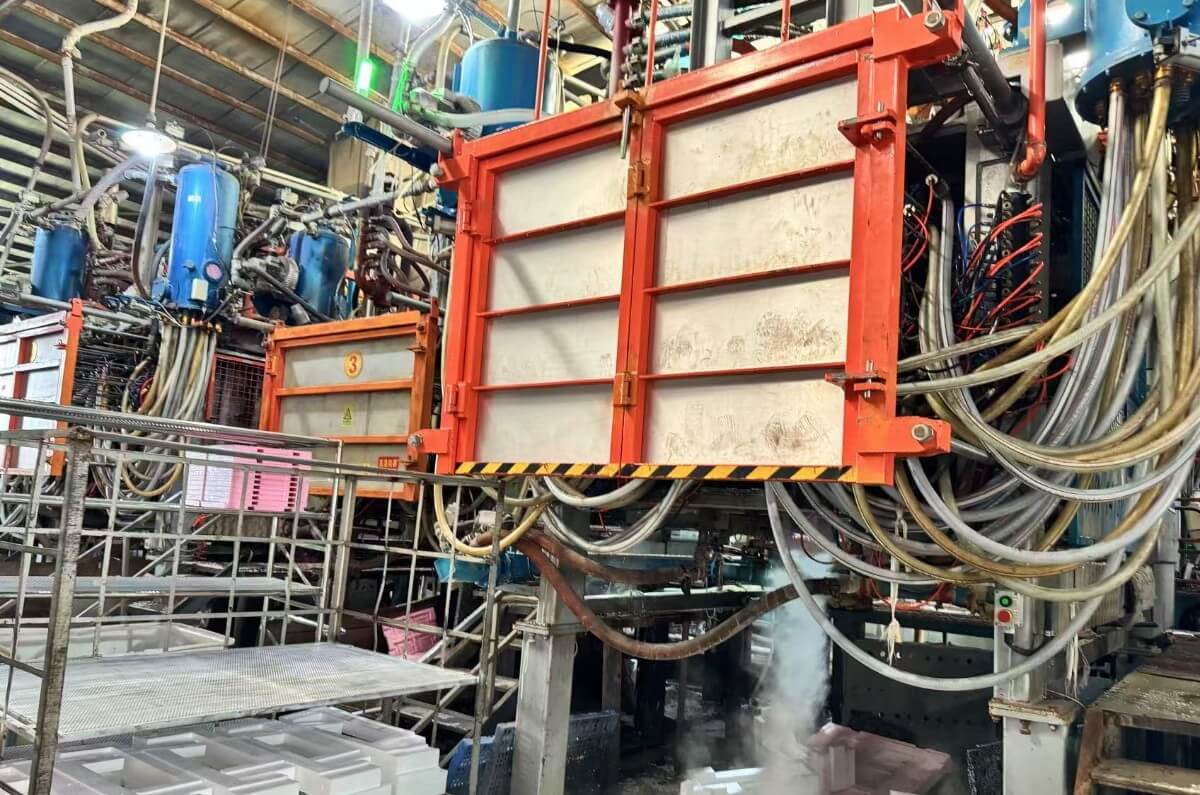
-
Pros: Creates complex 3D shapes, offers good surface finish, highly repeatable for large volumes, can incorporate details like logos or textures.
-
Cons: High initial tooling (mold) cost, longer setup time for tooling, less flexible for design changes once the mold is made.
-
Best Uses: Protective gear components (helmets, padding), ergonomic parts, cases, parts needing a specific 3D form. Compression molding and thermoforming are common for EVA, PE, and PU foams. Injection molding is used for some foam types too.
Lamination and Bonding
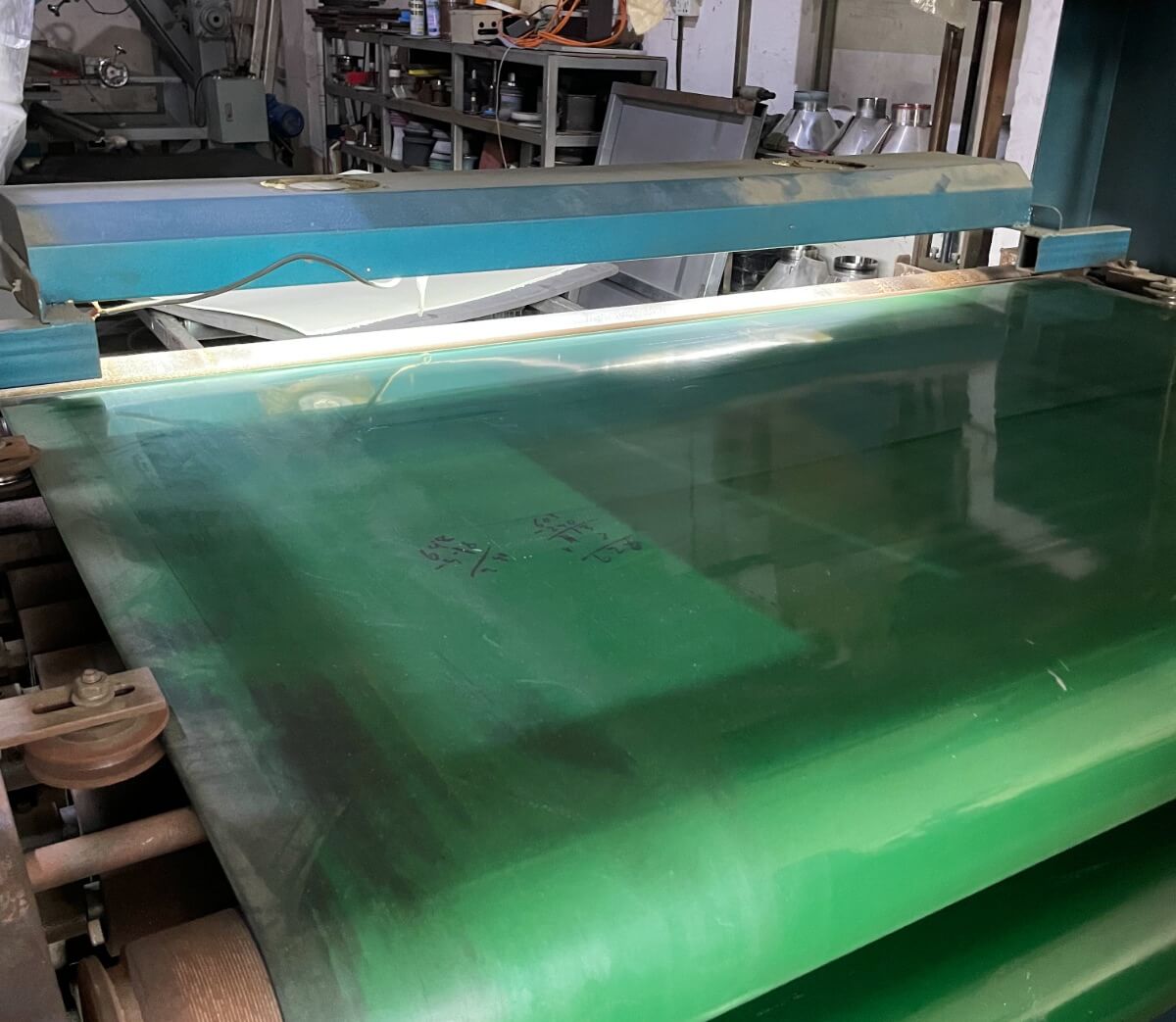
-
Pros: Allows combining different materials (e.g., foam and fabric, different foam densities), creates multi-functional parts.
-
Cons: Adds an extra step to the process, requires compatible adhesives and techniques.
-
Best Uses: Cushioned carrying cases, layered padding systems, parts needing specific surface properties (like adding durable fabric to a foam core).
Skiving and Splitting
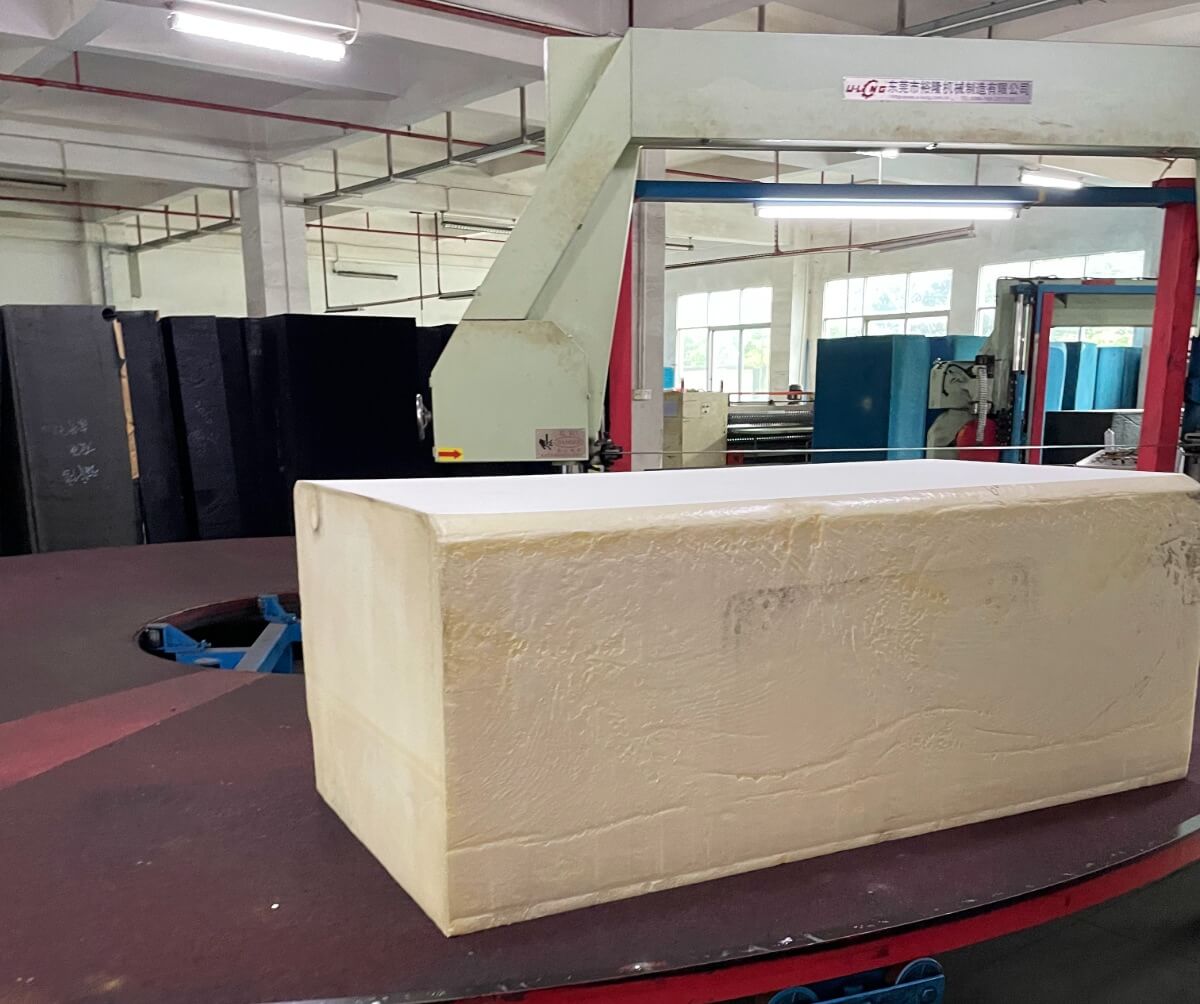
-
Pros: Achieves precise foam thickness, useful for creating thin sheets from thicker blocks.
-
Cons: Primarily focused on thickness adjustment, not shape creation.
-
Best Uses: Preparing foam materials to a specific thickness before other fabrication steps, creating thin foam sheets or rolls.
Understanding these options helps you narrow down the possibilities based on what each method does best.
What Key Factors Influence Which Foam Fabrication Method You Choose?
Feeling overwhelmed by the different fabrication choices? Picking a method based on just one factor, like cost alone, can lead to problems later on. Considering volume, cost, waste, time, and future growth ensures you make the best long-term decision.
Key factors guiding your choice are production volume (prototype vs. low vs. high volume), cost considerations (tooling vs. part price), material efficiency (waste reduction), required lead time for production, and the potential need for future scalability.
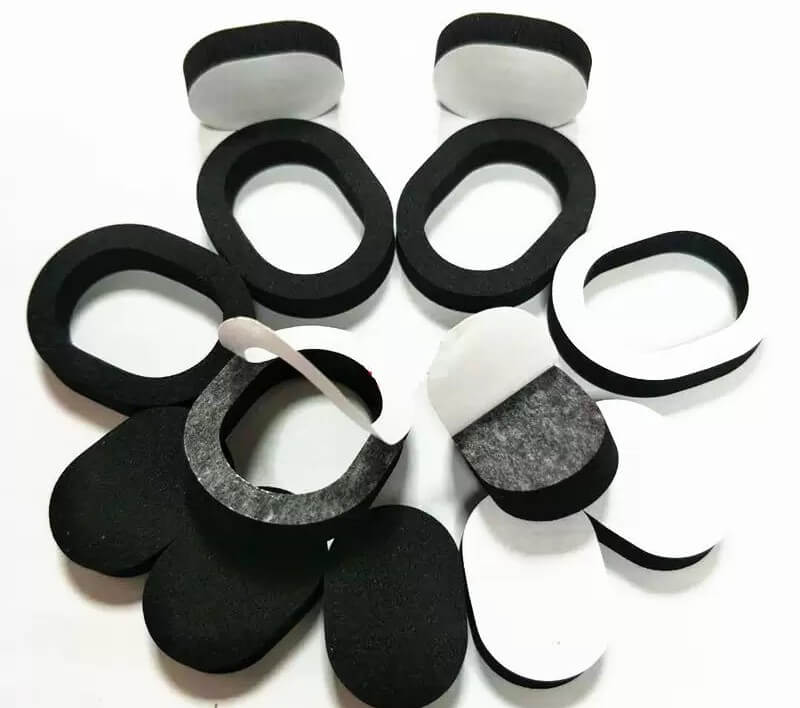
Choosing the right method involves balancing several practical considerations. Here are the main factors we help our clients think through:
-
Production Volume: How many parts do you need now, and how many might you need later?
-
Prototyping/Low Volume (1-500 pieces): CNC cutting is often ideal because there's no tooling cost and it's flexible.
-
Medium Volume (500-5000 pieces): The choice depends on complexity. Might be CNC, die cutting6 (if simple), or even molding if the 3D shape is essential.
-
High Volume (5000+ pieces): Die cutting (for simpler shapes) or molding (for complex 3D shapes) become much more cost-effective per part, justifying the tooling investment. This is crucial for industrial buyers.
-
-
Cost Considerations: What's your budget focus?
-
Tooling Cost: Molding typically has the highest tooling cost, followed by die cutting. CNC cutting has little to no tooling cost.
-
Per-Part Cost: At high volumes, molding and die cutting offer the lowest per-part cost. CNC cutting generally has a higher per-part cost. We help you look at the total cost over the project life.
-
-
Material Waste and Efficiency: How much material will be wasted? Methods like CNC cutting allow for efficient nesting of parts on a sheet to minimize waste. Die cutting efficiency depends on the part shape and layout. Molding can be very efficient as it uses a specific amount of material per part.
-
Lead Time Requirements: How quickly do you need the parts? CNC cutting can be very fast for initial prototypes or small runs. Die cutting is fast once the tool is made. Molding requires time to create the mold, which can take several weeks, but production is fast afterward.
-
Scalability: Do you anticipate needing significantly more parts in the future? It's good to consider if the method chosen for prototypes or initial runs can scale up, or if you'll need to transition to a different method (like from CNC prototyping to molding for mass production).
Thinking about these factors helps align the fabrication method with your business goals and project realities.
How Do You Match Specific Fabrication Techniques to Your Product's Needs?
Still feeling unsure which fabrication method is the right match for your specific product? Applying general knowledge can be tough. Let's make it clearer by directly connecting specific product needs to the best-suited fabrication techniques.
Match needs to methods directly: If you need high precision or complex shapes, lean towards CNC cutting or molding. For high volumes of simple shapes, consider die cutting. If your part requires multiple layers or materials, look at lamination. For cost-effective prototypes, CNC cutting is often best.
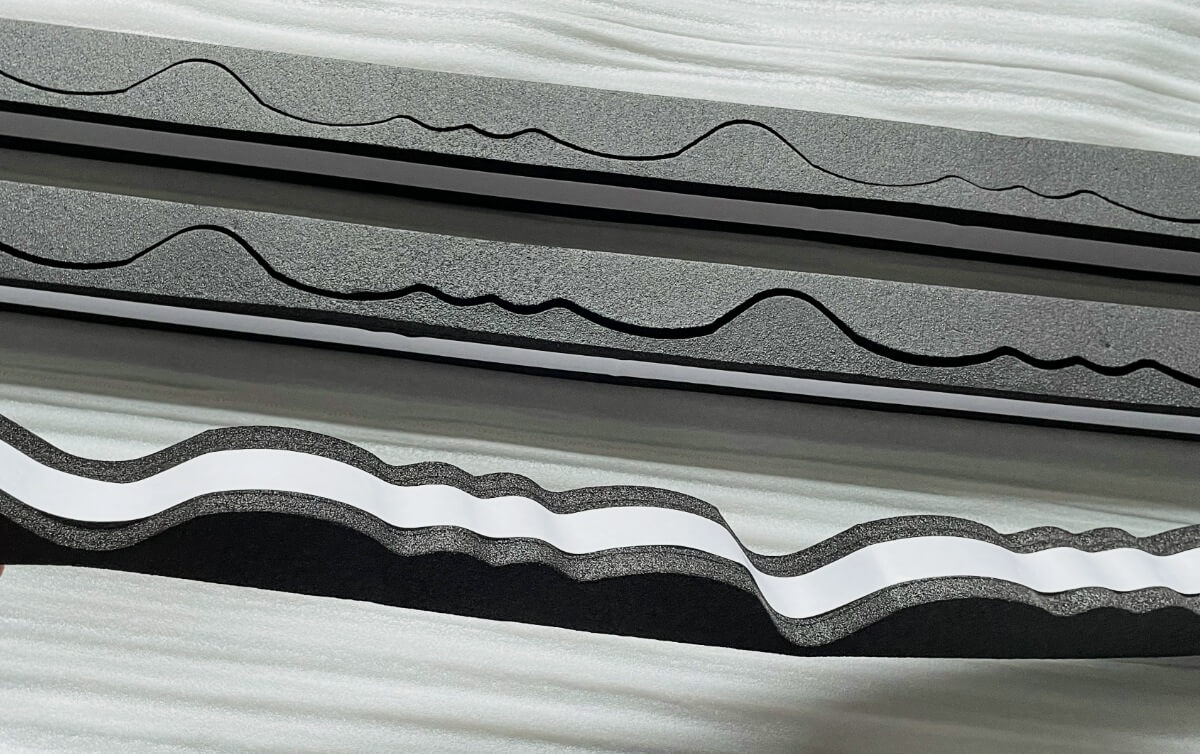
Let’s connect the dots with some practical examples, keeping needs in mind:
-
Need: High Precision & Complex Shapes
-
Example: An intricate liner for a high-performance sports helmet, or custom foam inserts for delicate medical equipment packaging.
-
Best Methods: CNC cutting offers excellent precision without tooling investment, perfect for complex curves and cutouts found in protective equipment . Molding (Compression/Injection) is ideal for creating repeatable, complex 3D shapes essential for ergonomic fit or specific protective structures. Materials like shaped EVA or PU foam work well here.
-
-
Need: High Volume & Simple Shapes
-
Example: Thousands of identical foam gaskets for industrial machinery seals, or basic rectangular pads for packaging dunnage.
-
Best Method: Die cutting is the champion here. Once the die is made, production is incredibly fast and cost-effective per piece, meeting the bulk procurement needs of clients. PE foam or EPP are common choices.
-
-
Need: Multi-Layer or Composite Parts
-
Example: A carrying case that needs a soft foam interior laminated to a durable fabric exterior, or a shock-absorbing pad made of layers with different densities.
-
Best Method: Lamination7 is the key process. We can bond various foams (EVA, PE, PU) to each other or to other materials like fabrics, leather, or plastic sheets to create composite structures with combined properties.
-
-
Need: Cost-Effective Prototyping
-
Example: Testing several design variations for a new piece of protective padding before committing to mass production tooling.
-
Best Method: CNC cutting shines for prototyping. It allows quick creation of parts directly from CAD files with no tooling costs, enabling fast design iterations – vital for innovation in fields like PPE.
-
-
Need: Specific Material Constraints
-
Example: Working with a rigid closed-cell foam that cuts cleanly versus a soft open-cell foam prone to tearing, or needing to shape EPP effectively.
-
Best Methods: Material behavior matters. Closed-cell foams (PE, EVA) generally die-cut and CNC-cut well. Molding is often preferred for EPP. Our deep knowledge of materials helps us recommend the best method – for instance, compression molding works wonders for giving EVA foam specific shapes and textures.
-
Matching the technique to the specific need ensures the final part performs as expected and is produced efficiently.
How Do You Make the Final Decision by Balancing Trade-offs?
Are you facing conflicting priorities, like needing high quality but having a tight budget, or needing parts fast but requiring complex tooling? Indecision at this stage can delay your project. Making the final choice often involves carefully weighing these factors and seeking expert input.
Make the final decision by clearly prioritizing your most critical needs (is it cost, quality, or speed?). Use prototyping to confirm your choice and test performance. Don't hesitate to consult with fabrication experts like us at FoamTech for experienced guidance on balancing these important trade-offs.
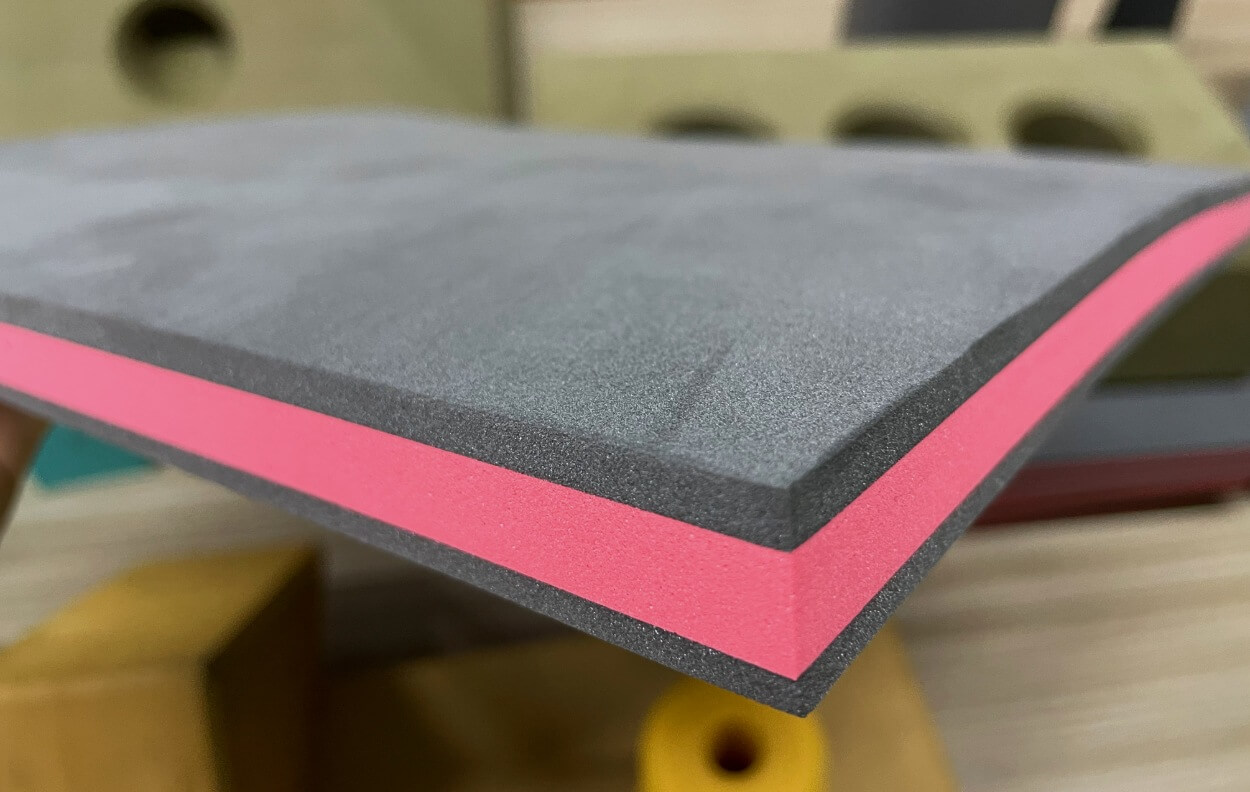
Making the final call often comes down to balancing competing needs. There's rarely one "perfect" method that excels in every single area (cost, speed, quality, precision, etc.). Here’s how we approach it:
-
Prioritizing Requirements: Go back to the requirements you defined first. What is absolutely essential? What is nice to have? Rank them.
-
Is hitting a specific low cost-per-part8 the top priority, even if it means simpler shapes (maybe for industrial parts)?
-
Is achieving the highest level of comfort and a premium finish paramount, even if tooling costs are higher (perhaps for new PPE line)?
-
Is getting the product to market extremely quickly the main driver?
Knowing your non-negotiables helps resolve conflicts.
-
-
The Role of Prototyping and Testing9: Never underestimate the value of a prototype. Before committing to expensive tooling (like for molding) or large production runs, creating a prototype (often via CNC cutting) is invaluable. It allows you to:
-
Verify the fit, form, and function of the part.
-
Confirm if the chosen material and method deliver the required performance (e.g., shock absorption, flexibility).
-
Get user feedback if applicable.
-
Ensure the chosen method can achieve the necessary tolerances and surface finish.
We strongly recommend prototyping, especially for parts with critical functions or complex designs.

-
-
Consulting with Fabrication Experts (Like FoamTech!): This is where we come in. Making these decisions involves nuances learned through experience. With our background across diverse markets (sports, packaging, military, industrial, medical, personal protection) and our hands-on expertise with all major fabrication techniques (foam lamination, die cutting, compression molding/thermoforming, foam injection molding, CNC cutting, cut and sew) and materials (EVA, PE, PU, EPP, fabrics, etc.), we can provide tailored advice. We understand the trade-offs involved and can help you navigate them to find the solution that best balances your specific needs for cost, quality, performance, and speed.
By prioritizing, prototyping, and partnering with experienced fabricators, you can confidently select the best method for your project.
Conclusion
Choosing the right foam fabrication method means understanding your needs, knowing the options, and balancing trade-offs. Define requirements, explore methods, and consult experts like FoamTech for project success.
-
Explore the unique properties and applications of EVA foam to understand its versatility in various industries. ↩
-
Learn about CNC cutting technology and its precision applications in manufacturing for high-quality results. ↩
-
Discover the significance of surface finish in product quality and consumer satisfaction across different industries. ↩
-
Explore this link to understand how die cutting can optimize production for high-volume flat parts, enhancing efficiency and cost-effectiveness. ↩
-
Discover the capabilities of CNC cutting in managing complex 2D shapes, making it ideal for precision projects and prototypes. ↩
-
Discover the advantages of die cutting for simpler shapes and its cost-effectiveness in medium to high-volume production. ↩
-
Discover how lamination can enhance product durability and functionality by combining different materials effectively. ↩
-
Understanding these strategies can help you balance cost with quality in your manufacturing processes, ensuring efficiency. ↩
-
Exploring this resource will highlight the critical role of prototyping in ensuring product quality and performance before mass production. ↩

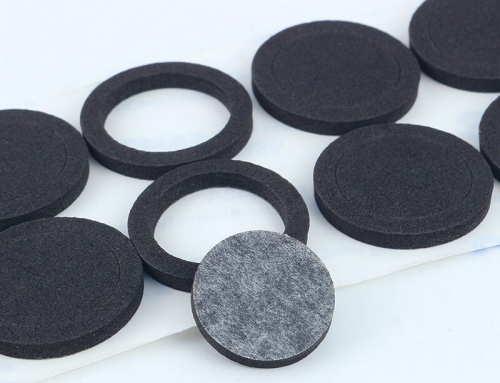
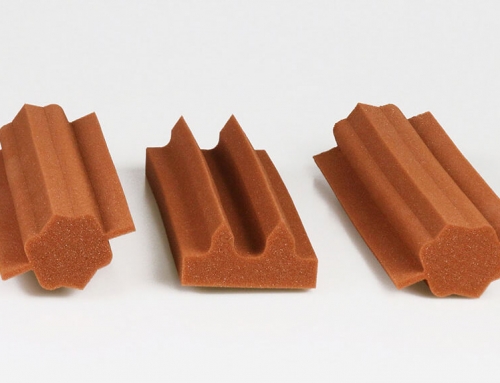
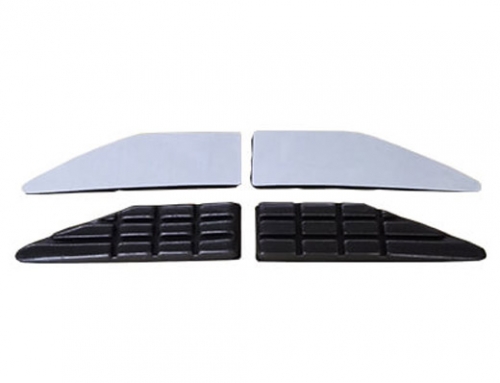
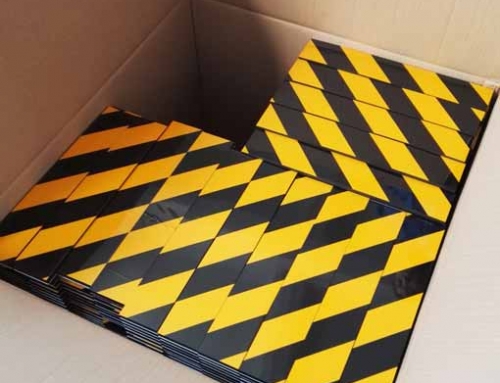
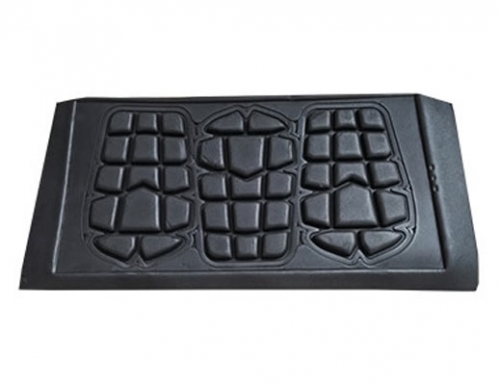
Leave A Comment